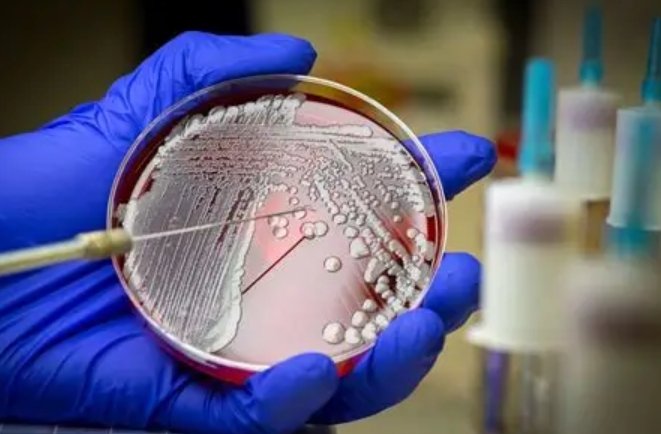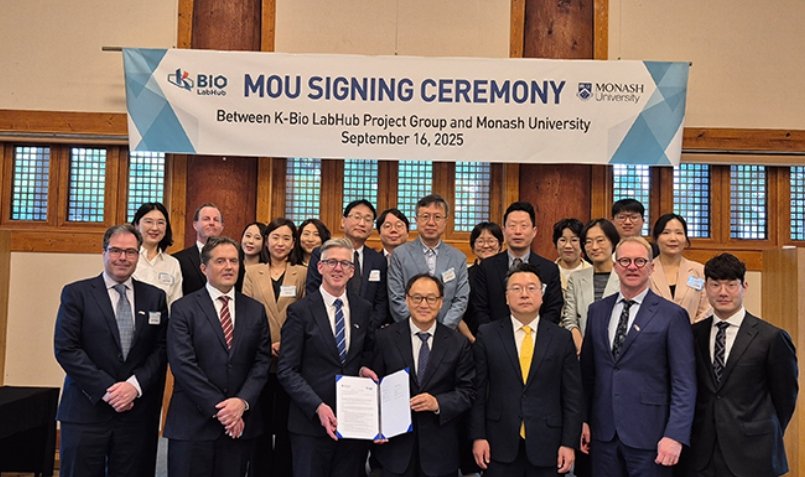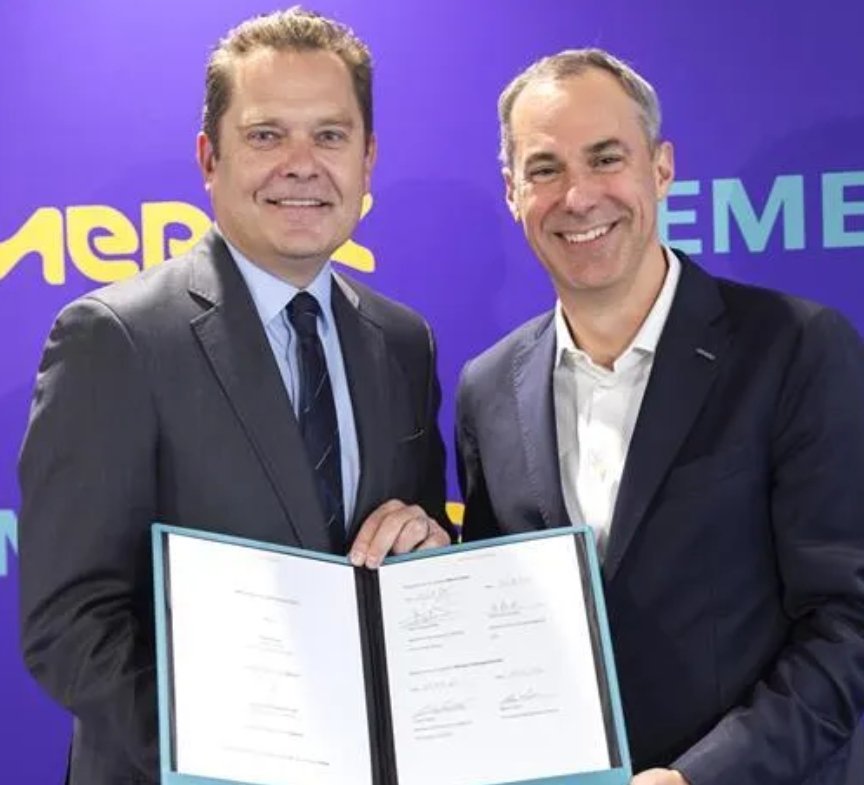
Could you explain more about the advantages of using iPSCs from cord blood for creating your ‘off-the-shelf’ CAR-NK and CAR-T therapies?
Umbilical cord blood contains pristine blood cells that have very few spontaneous or induced mutations, can be selected for homozygosity at the HLA locus, that provide the opportunity for transplant compatibility and can be turned into iPSCs that are immortal and can be directed into any cell of the body. These iPSCs can be easily gene-edited and have exact editing and freedom from genetic changes by clonal derivation as a therapeutic product free of potential oncogenic inducers. The cells produced are exact clones of each other, much like a drug product. This can only be achieved with pluripotent stem cells. Directing the gene-edited iPSCs into CAR-T and CAR-NK products involves a proprietary method as is the manufacturing process. Consequently, we can use CAR-NK cells for allogeneic (off-the-shelf) therapy. CAR-T cells produced this way need further alteration for allogeneic therapy.
Your lead product, CTH-401, targets TAG-72, a well-validated tumour marker. What makes TAG-72 a particularly compelling target for CAR-NK therapy, and how does CTH-401 differentiate itself from other therapies targeting similar markers?
TAG-72 is a pan-adenocarcinoma marker expressed highly on the cell surface by cancers of the internal organs. It is not expressed elsewhere in the adult body except for the secretary uterine endometrium. It is expressed in embryonic tissues during rapid expansion. TAG-72 is found in more than 90 per cent of ovarian cancers and on most other adenocarcinomas (pancreatic, gastric, liver, kidney etc. cancers). CTH-401 is the only natural killer (NK) cell product currently under development that incorporates a CAR that targets TAG-72. It is clonally derived and DNA deep sequenced to ensure safety from secondary cancers and other undesirable mutations. In addition, we have knocked out two genes responsible for inhibiting immune cell killing in solid tumours. This unique combination of features enhances the therapeutic potential of CTH-401, providing a more effective and targeted treatment option for patients with solid tumours.
Are there any strategic partnerships or collaborations that have been crucial to Cartherics' advancements? How do you see these partnerships evolving as the company grows?
We work closely with partner universities and medical research institutes in federal and state grants focused on developing the company’s products. There are also partnerships established with other companies such as ToolGen Inc. in Korea who have provided rights to gene editing and gene knockout technologies. We have provided rights to some of our products to Shunxi Holdings in greater China. Both Shunxi and ToolGen own equity in Cartherics.
Beyond CTH-401, what other products or therapies are in your pipeline that you are most excited about, and what therapeutic areas are they focused on?
Many opportunities can evolve off the Cartherics platform technology, including many new cancer targets that include triple-negative breast cancer, brain cancer (glioblastoma), pancreatic, prostate and gastric cancers. We are also exploring other diseases such as endometriosis. Further opportunities exist in other conditions such as autoimmunity, fibrosis and neurological conditions. We will remain focused on cancer applications as a priority but opportunities for entry into these other conditions are being explored in collaboration with other institutions.
With the growing global demand for immunotherapies, do you have plans to expand beyond Australia, particularly into markets like the US, Europe, or Asia?
We’re open to expanding beyond Australia and already have a partnership in greater China. Logically, Cartherics will develop collaborations and partnerships in the US and Europe but is focused on developing and testing our initial products in Australia under FDA licensing.
In five years, where do you see Cartherics and the field of cell-based cancer immunotherapies? What breakthroughs do you hope to achieve?
Immunotherapies will be established as a way to manage cancer and may be a composite of antibodies, and molecular control of immune function (e.g. checkpoint inhibitors, cell therapies, RNA technologies and immunisation). It is possible that cancer may not be a death threat but a manageable disease with strong control. This is likely to take a decade or more but in five years this could well be recognised in medicine. Other applications are almost certain to follow in the areas mentioned above. We expect Cartherics to take a leadership position in these advances in medicine.
How do you see the current trends in CGT shaping the future of cancer immunotherapies, and where exactly does Cartherics fit?
The ability to design cell and gene therapies using pluripotent stem cells and accurate gene editing tools such as CRISPR Cas9 has revolutionised cell and gene therapy. The potential is incredible and will be determined by adaptation and innovation in the research sector. We have a strong research base and deep collaborations in the academic and medical research sectors. We would expect to bring new and novel therapies continuously through the pipeline into clinical development and therapeutic application. We expect to remain in Australia to take advantage of the strong research and government support available to outcome-driven biotechnology.
Ayesha Siddiqui




